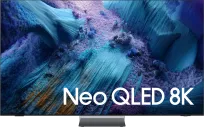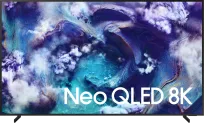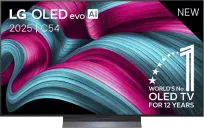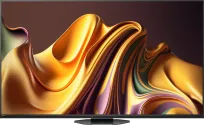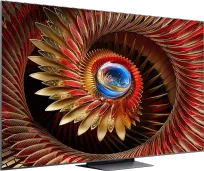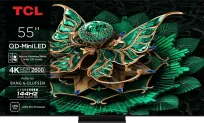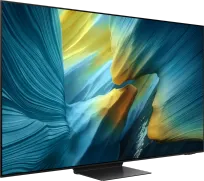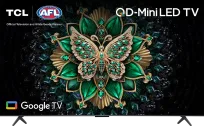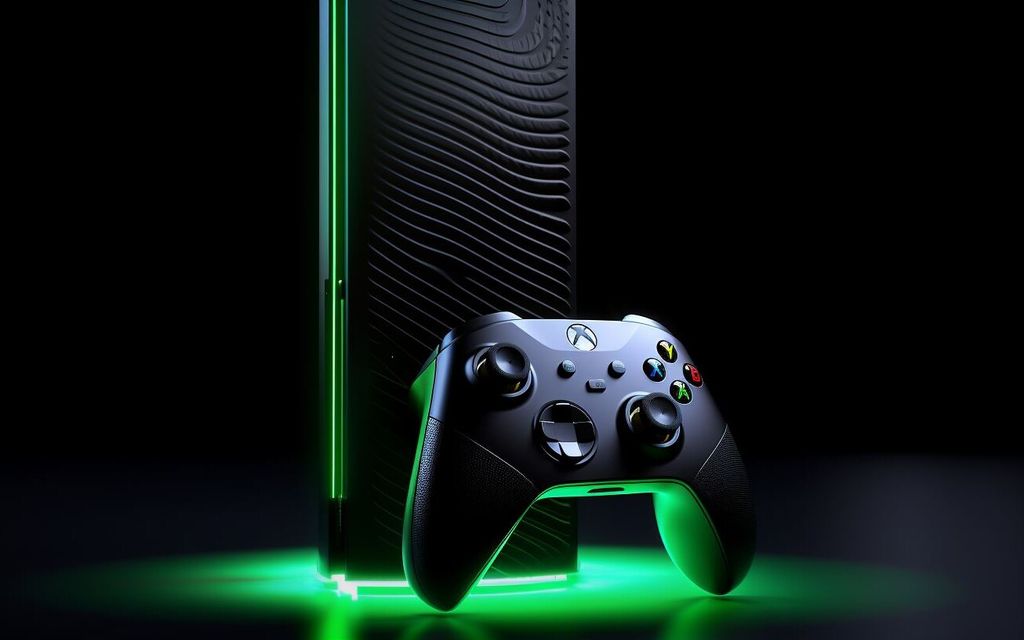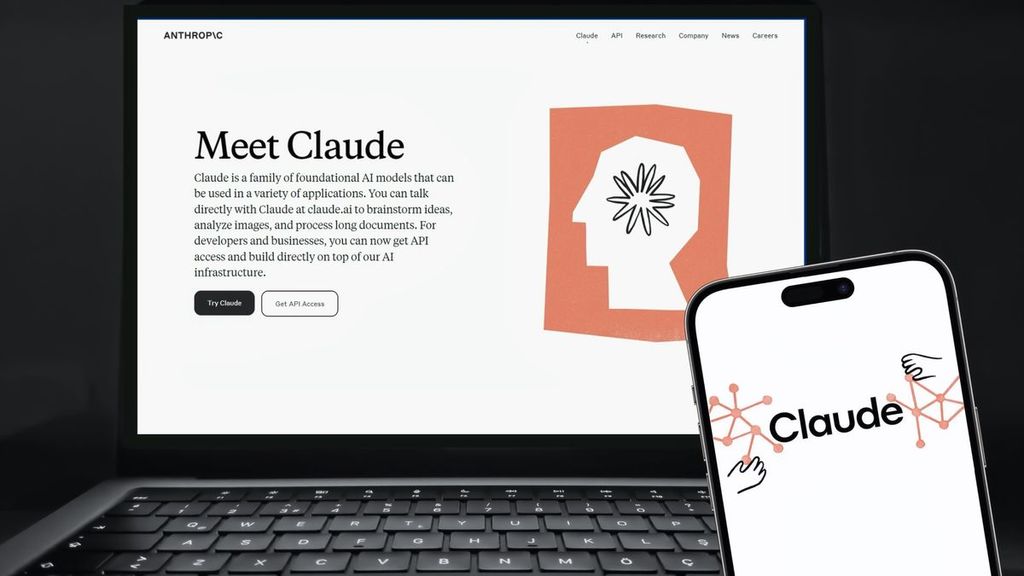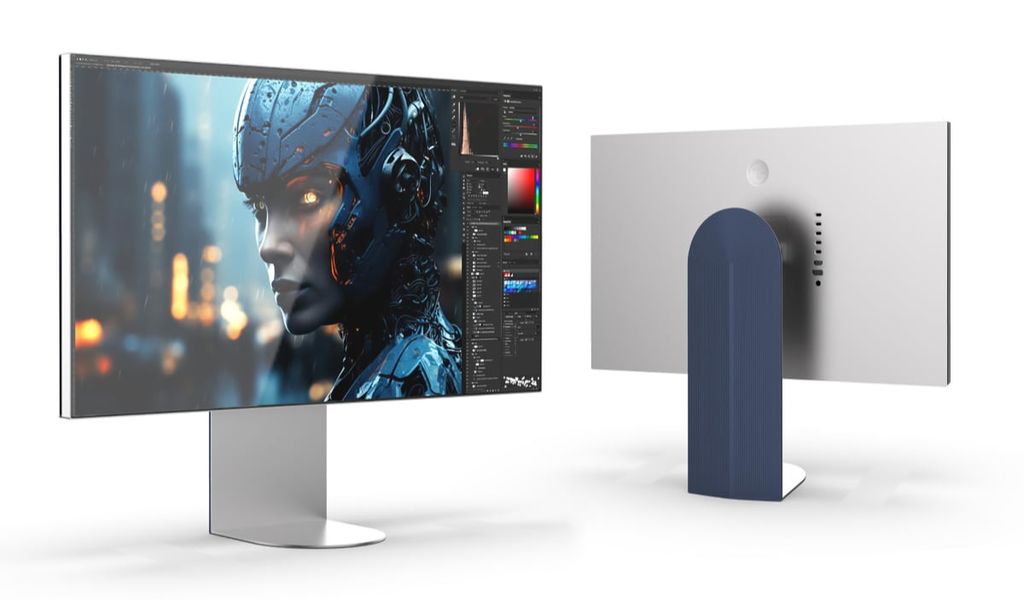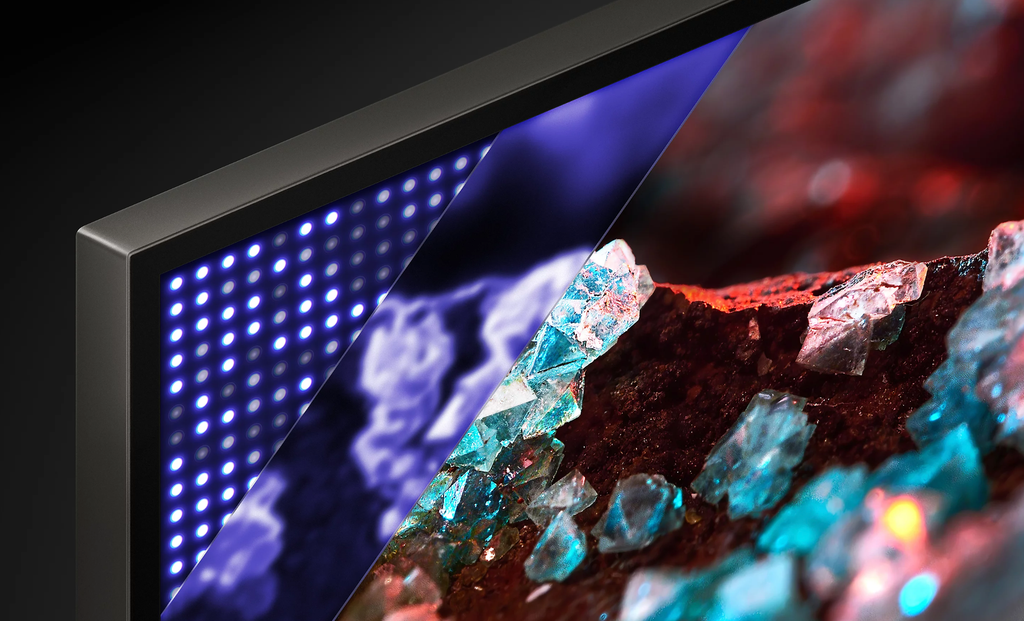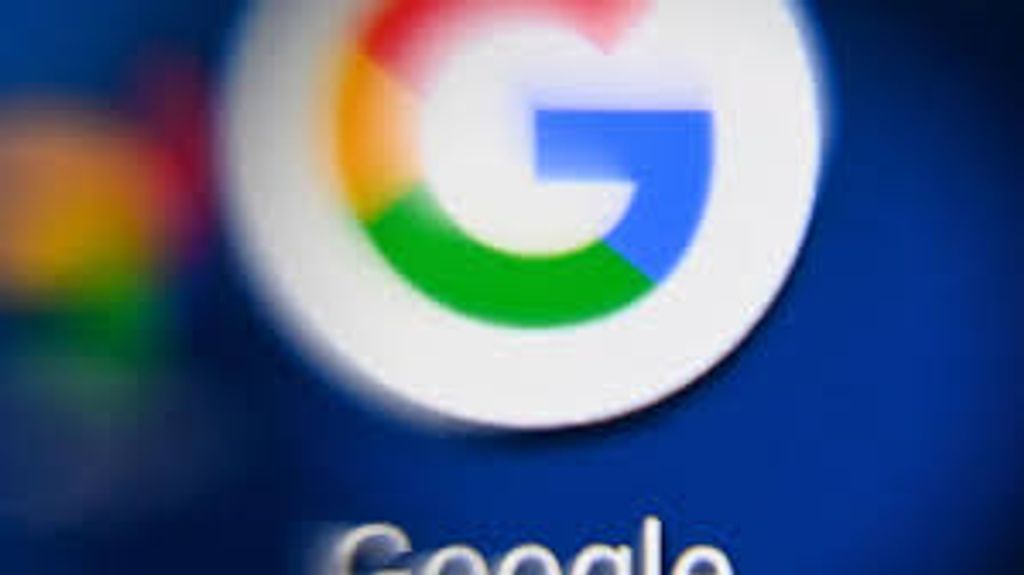
New home screen on Android TV – a change you'll notice immediately
Google has introduced subtle yet significant changes to the Android TV system, which users from around the world have already noticed. Without the need to install any updates, the home screen of the older Google television system has gained a new layout, more reminiscent of the interface known from Google TV. This refresh appeared suddenly, suggesting that the changes were implemented on the server side. In practice – just turning on the television is enough to see the new look.
Android TV wakes up – recommendations, trends and more content to start
Until now, Android TV users have been using a rather simple and bare home screen, which was limited to basic tabs and shortcuts. Now the situation has changed – the home screen has been expanded with new sections. Next to the classic “Play Next” modules, there are now sections showcasing the most popular films and series, best-selling titles, and the “Trending on Google” tab, which features content that is gaining popularity in real time. In practice, Android TV is starting to function like a modern recommendation platform, rather than just a collection of applications.
Android TV vs Google TV – the line is blurring
Although Android TV and Google TV are based on the same operating system, the differences between them have until now been clear. Google TV is a newer, more refined version with an intelligent recommendation system and better integration with VOD platforms. For years, Android TV has been overlooked, but the latest changes show that Google has decided to spruce it up. This could signal an attempt to unify both environments or at least a visual and functional alignment with what the new interface offers.
Television with Android TV makes sense again – and without spending a penny
What may appear to be cosmetic changes can have a real impact on how often users reach for the remote. More recommendations, current trends, and dynamic suggestions mean less clicking and quicker access to interesting content. It is also a sign that Google is not ignoring owners of older models and is not forcing them to buy new equipment to benefit from improvements. In a world where everything changes through paid updates and new devices, this is a surprisingly pleasant exception.
 Katarzyna Petru
Katarzyna Petru